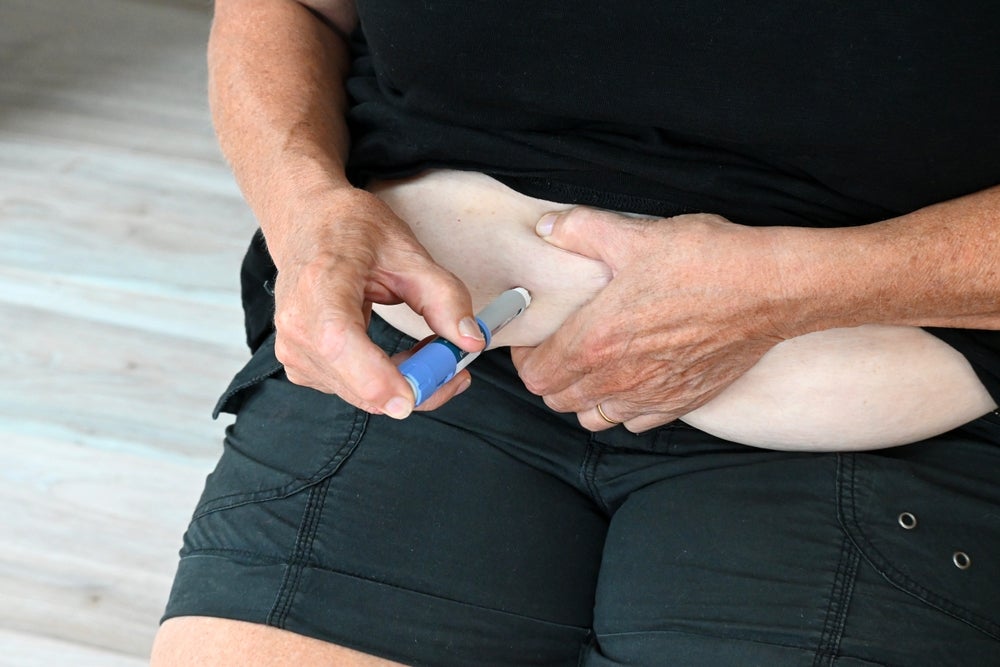German firm Noxxon Pharma has started dosing patients in a Phase I/II clinical trial of NOX-A12 (olaptesed pegol) in combination with Keytruda (pembrolizumab) to treat metastatic colorectal and pancreatic cancer.
Noxxon’s NOX-A12 is based on the Spiegelme platform, while Keytruda is Merck’s immune checkpoint-inhibitor of programmed death receptor-1 (PD-1).
Designed to investigate the safety and efficacy of NOX-A12 as a monotherapy and combination therapy, the open-label, two-part, two-arm Phase I/II trial is set to be conducted at the National Centre for Tumour Diseases in Heidelberg.
The trial will include ten metastatic colorectal and ten pancreatic cancer patients who will be administered with NOX-A12 monotherapy over two weeks and later with the combination regimen for around two years.
Noxxon Pharma chief medical officer Jarl Ulf Jungnelius said: “We believe that our lead product NOX-A12 has the potential to transform cancer types that are resistant to checkpoint inhibitor therapy into checkpoint inhibitor-sensitive tumours.
"Our interactions with the Merck team and the strong preclinical data we have generated underscore NOX-A12’s potential as a future component of innovative treatment for patients suffering from colorectal and pancreatic cancers."
How well do you really know your competitors?
Access the most comprehensive Company Profiles on the market, powered by GlobalData. Save hours of research. Gain competitive edge.

Thank you!
Your download email will arrive shortly
Not ready to buy yet? Download a free sample
We are confident about the unique quality of our Company Profiles. However, we want you to make the most beneficial decision for your business, so we offer a free sample that you can download by submitting the below form
By GlobalDataData from the first part of the trial will use pre- and post-treatment tumour biopsies to analyse NOX-A12’s safety and ability to alter the tumour microenvironment.
The part one findings are expected to support the potential combination of the drug candidate with checkpoint inhibitors and T-cell based therapeutics, including CAR-T approaches.
It is estimated that the top-line results from the first part will be reported in the second quarter of next year and the initial response-rate data in the fourth quarter.







